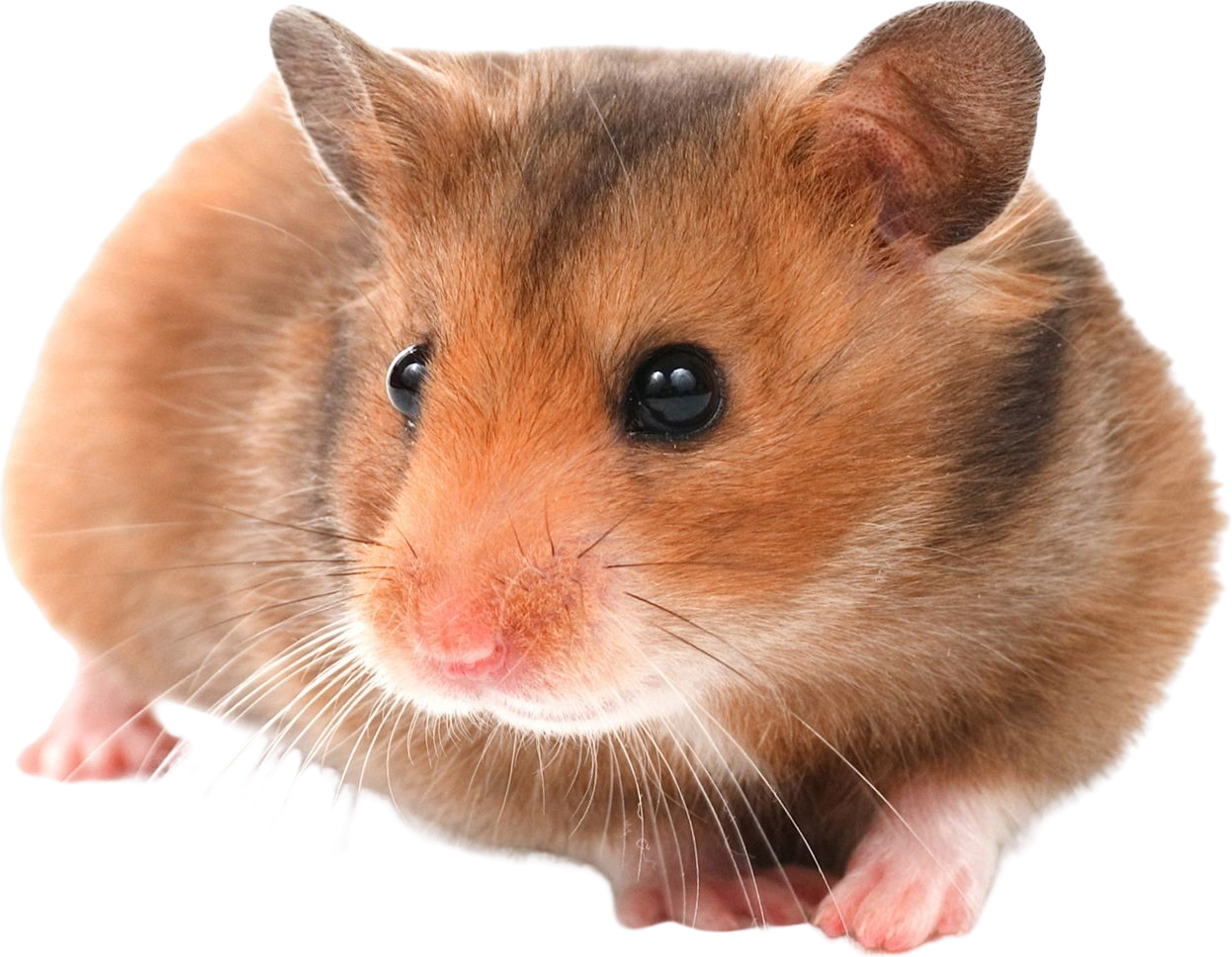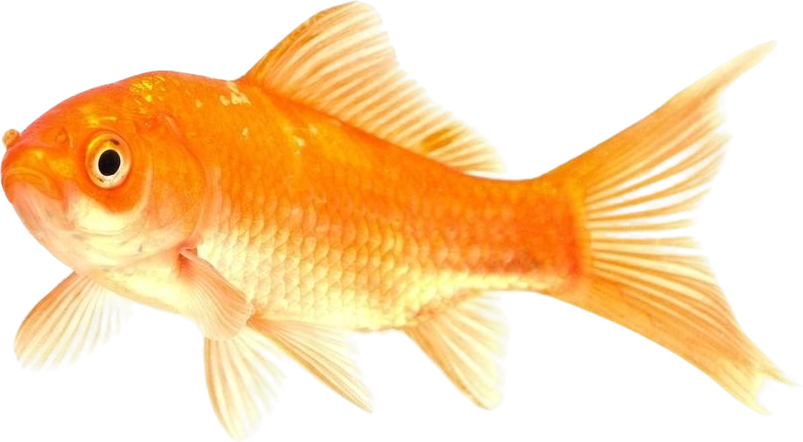By most estimates, we’ve been living in close proximity to companion animals for tens of thousands of years. Cats, dogs, and other companion animals share our homes, and often our broader environments, and exist in a very special category: unlike farmed animals, whom we breed simply to consume, and research animals, whom we “sacrifice” to solve human problems, companion animals are part of our families. This exclusive Faunalytics Fundamental examines our relationship with dogs, cats, and other companion animals, exploring the various issues that arise from our special relationship, based on the best available and current data. We hope you find the information useful in your advocacy, and in your day to day lives with your own companions. Please see all the sources here.
Meet the Animals
Chances are, you have already met many companion animals in your day-to-day life. If recent statistics are any indication, chances are good that you’ve even lived with one or many over the course of your life. With that kind of experience, you likely already know about the enjoyable playfulness of dogs, or the compelling aloofness of cats. If you’ve experienced life with companion animals, you already know capable of thinking, feeling, and suffering just like we are. The interactive graphics below expand on our basic knowledge of cats, dogs, and other companions we share our homes with. Of course, we’re only scratching the surface of what makes these animals unique, sentient, and deserving of their own rights to life and freedom.

Dogs
Dogs have been co-evolving their relationships with humans for thousands of years.
- Play Matters – Dogs use playtime to help with social cohesion and bonding, as well as motor skill development
- Breeding Issues – Some dog breeds suffer from serious health ailments because of their extreme physical features
- Dogs Dream – Just like humans, dogs have dreams during REM sleep, but older dogs and puppies dream more

Cats
Cats have been cozying up to us for a long time, with the first known domestication happening in Egypt.
- Looking Down On Us – Cats love to climb, so that they can observe their surroundings from elevated vantage points
- Self-Healing – Cats’ purring is a sign of comfort and happiness, and it also helps them heal faster
- An Ambivalent Companion – Many people find cats “intelligent, loving, cuddly, and attractive,” but also “moody, stubborn, aloof, and grouchy”

Hamsters
Hamsters have fairly short lifespans, living only about 2-2.5 years.
- Infinite Incisors – Hamsters’ incisor teeth never stop growing, so they need plenty of things to chew on
- Hidden Pockets – If hamsters find food but don’t want to eat it right away, they can store it in their cheeks to eat later
- Twilight Lovers – Hamsters are “crepuscular,” which means they are most active during twilight hours

Goldfish
Goldfish can live for decades under the right conditions, with some living past 40 years old.
- Facial Recognition – Goldfish can recognize and distinguish between faces
- Better Memory – Goldfish having short memories is a myth! Research finds they can remember up to three months
- A Broader Rainbow – Goldfish can see more colors than humans, because they can see the UV and infrared ends of the spectrum
Attitudes
While you may have someone in your life who identifies more as a “cat person” or a “dog person,” on a fundamental level, it’s difficult to find people who actively dislike companion animals like cats or dogs. Still, there are many issues surrounding companion animals – everything from controversies over emotional support animals to differing opinions on breeding – that spark very strong feelings among animal advocates and the general public. Below, we explore some of our most important attitudes and actions towards companion animals, taken from Faunalytics’ annual Animal Tracker survey.
It’s important to note that these attitudes aren’t fixed: they’ve changed over time (and will likely change in the future). The recent controversy over emotional support animals on flights is a good example of a companion animal issue that has generated a lot of strong opinions in the recent short term, but may have much less relevance in the future.
Breeding and Shelters
Many people live with companion animals that they’ve rescued or adopted, but one of the most ethically fraught aspects of our relationship is in the realm of breeding. Before they find loving forever homes, some companions begin their lives at breeding operations, which can range from smaller operations to larger scale “puppy mills.” In 2014, Faunalytics published a History Of Puppy Mills, which will help you understand the factors that led to a post-WWII boom in dog breeding, whose effects persist to this day.
The flipside of breeding is that, virtually everywhere in the world, we have a “surplus” of companion animals who have no homes. By some estimates, about 80% of dogs and cats that are euthanized in shelters are healthy and otherwise adoptable. Many shelters struggle to keep up with the number of animals that need space, and the animals themselves can linger for a long time in shelters depending on the circumstances. Meanwhile, animal advocates try to encourage the public to help alleviate the situation with slogans like “Adopt, Don’t Shop.” Below, we dig into up-to-date sheltering statistics and outline the scope of the problem.
In Our Homes
In the U.S., there are a staggering 84.6 million households that give homes to companion species, the vast majority of whom are dogs and cats. The types of people who live with companion animals are as varied as you can imagine with that big of a population. What’s more, the Internet has changed how we live with and interact with our companions: from instagram influencer dogs to endless cat memes, it’s a brave new world for companion animals, and human influence plays a major part.
In some parts of the U.S., people are not allowed to live with or adopt just any kind of dog they want. Breed-Specific Legislation (or BSL) are laws that outlaw the breeding or adoption of dogs that are deemed dangerous or high-risk. Of course, that usually means pit-bull type dogs. Here are Faunalytics, we’ve published numerous studies that show the fallacy of not only BSL, but dig even deeper and show just how difficult it is to properly identify a dog’s breed.
Below, we outline the BSL landscape in the U.S. showing you state-by-state where BSL laws exist and how they work. The map is fully interactive, and you can zoom in and out to explore different regions.
On the Streets and In the Wild
Whatever the law says, however, ultimately we humans are the ones who control what goes on in our homes. By most measures, we care greatly about companion animals’ quality of life, and often consider them to be part of our families. One study found that 95% of companion animal guardians say they would never give up their companion animals regardless of the circumstances. Unfortunately, whether they are lost, abandoned, or born in the wild, companion species sometimes find themselves without human support.
Many areas in the world don’t have extensive networks of animal shelters or rescue groups to deal with free-roaming companion animals, and instead those animals roam the streets, or build colonies in the wild. Stray or feral cats and dogs may not be a serious issue where you live, but globally, the scale of the problem is impossible to ignore.
Finding solutions to the problem of free-roaming dogs and cats is crucial. While there are some conservationists who think lethal controls are necessary to mitigate the impact of free-roaming animals, many animal advocates disagree. The Faunalytics Research Library has a range of studies of trap-neuter-return (TNR) programs that have had considerable success, and many advocates are still improving upon the TNR model.
Living Well
Though companion animals are generally treated well in many contexts, there is always room for improvement. Even if you’re a veteran companion animal advocate, you may be doing things in a way that works against your companions’ best interests without even knowing it. Below, we present two brief crib sheets that allow you to quickly remember key ways you can make cats’ and dogs’ lives better.
Of course, we don’t just help our companion animals live well; there is a large (and ever-growing) body of research that looks at how living with companion animals benefits us. Though most companion animal advocates would likely argue that we don’t need to reap any benefit to care for companion animals, there are certainly people who could be convinced to adopt a companion when they realize just how much their lives may improve.
This Faunalytics Fundamental has provided a visual overview our relationship with our companion animals. The result is complex, to say the least, and we’ll be the first to admit this resource is incomplete: we haven’t touched on the exotic pet trade, as well issues that have gained national prominence recently, such as the controversies over emotional support animals. Instead, what we’ve provided above is a starting point for you to explore the fundamentals of the issue with reliable data. Whether you’re new to companion animal advocacy, or a veteran, we think you’ll find the data above to be useful in a variety of ways, and we’d love to hear how you use it in your work.
We hope the data presented here also encourages advocates to ask questions about how to be more effective and how best to invest our limited advocacy resources:
- If we can never bridge the gap between those who breed animals and those who shelter them, what are the most effective ways of encouraging those who may buy companions to adopt them instead?
- What are the most pressing animal welfare issues facing companion animals living in homes? What are the most effective ways that companion animal advocates can raise awareness about welfare issues and solutions?
- How can companion animal advocates help to mitigate cats’ and dogs’ impacts on the environment? Are different strategies needed for feral dogs and cats vs. those living in homes?
- How can advocates help the huge number of people living with companion animals to draw connections with other animal advocacy issues? How can compassion for companion animals be effectively extended to farmed animals and wildlife.
These are questions advocates should think about and possibly research further.
We hope you find the above information useful in your companion animal advocacy. Check out all the sources here.
There is so much more work to be done to give advocates the insight they need to choose the most effective ways to help animals. Please donate generously now to help us bring you and other advocates this crucial information.



